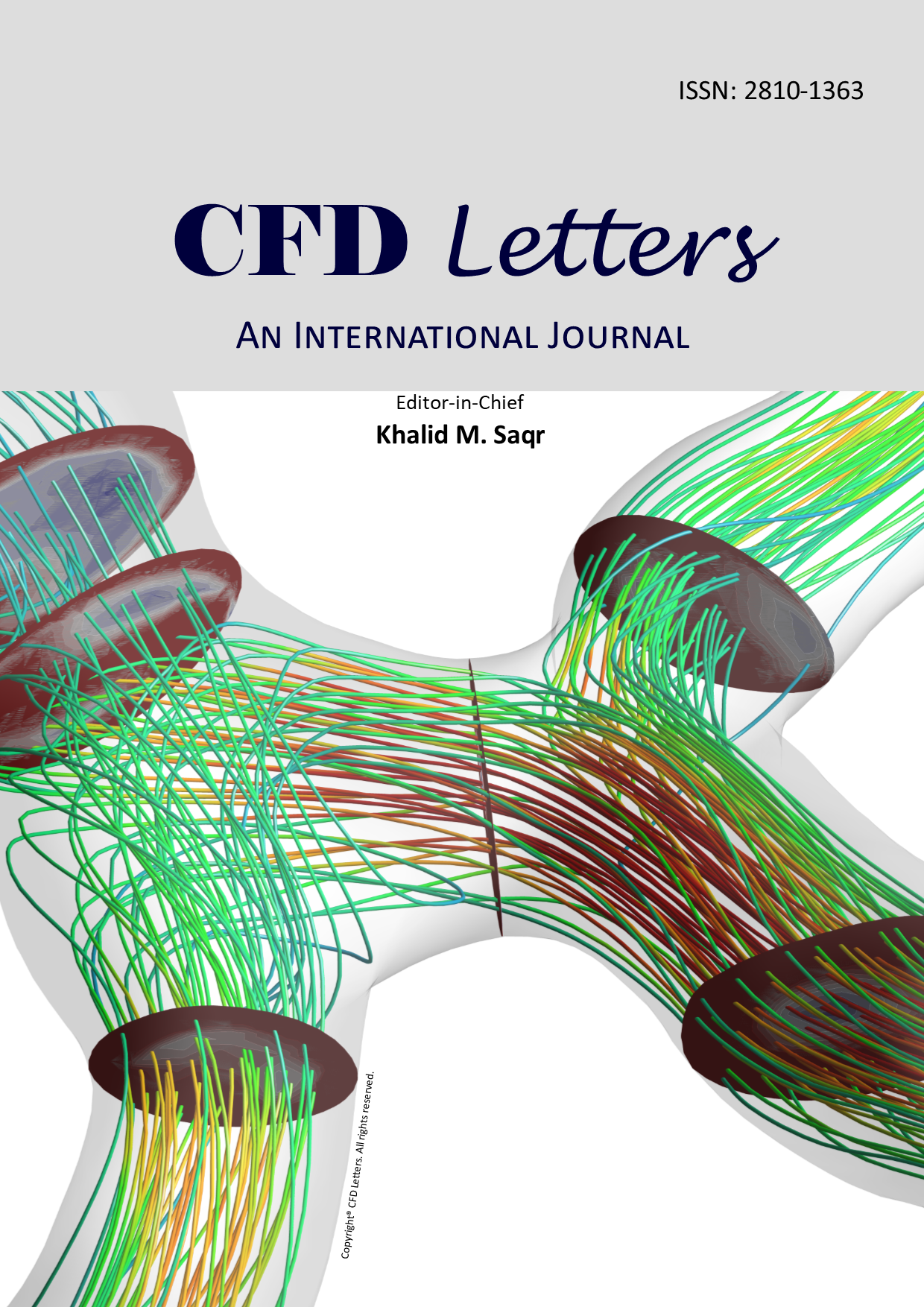Modern Eminence and Concise Critique of Solar Thermal Energy and Vacuum Insulation Technologies for Sustainable Low-Carbon Infrastructure
DOI:
https://doi.org/10.37934/stve.1.1.5271Keywords:
Solar Thermal Collector, Concentrated Solar Power, Vacuum Glazing, Translucent Vacuum Insulation Panel, SustainabilityAbstract
A concise critique on harnessing the abundant solar thermal energy and improvement with vacuum insulation for the utilization and conversion is presented. This research implicates that the world is becoming a global solar smart city prompted by increasing daily demand of energy by the global population and land-use. Amongst all the renewable energy resources available, solar thermal energy collectors (STC) are the most copious because it is accessible in both direct and indirect modes with global solar thermal capacity in operation in 2019 was 479 GWth and annual energy yield estimated to be 389 TWh. Hybridization has been found to be the only way of improving the existing performance of (STC) such as hybrid photovoltaic thermal (PVT) with phase-change material (PCM) for energy storage and magneto-thermoelectric generators (MTEGs) and/or vacuum insulated TEG (VTEG) for waste heat energy conversion to electrical power. The concentrating solar power (CSP) technologies were also precisely studied and yet parabolic trough collector, dish sterling and solar tower are amongst the top solar thermal heat energy harvesters and its electrical power generation has also been comprehended. The modern eminence of vacuum insulation technologies on thermal comfort and sound insulation in sustainable low-carbon buildings is presented. The research implicates that there is still a scope of improving the building and construction sector and target to achieve not only zero-energy buildings (ZEB) but generating-energy buildings (GEB). A concise critique on vacuum insulated smart glazed windows is presented and the review implicates that the hybridization with PV and TEG and novelty in the constructional materials of vacuum glazing (VG) and translucent vacuum insulation panel (TVIP) are vital in the realistic move towards the GEB. The future of vacuum insulation is not only limited to GEB but vital applications occur in medical, imaging, mechatronics and manufacturing industries.









